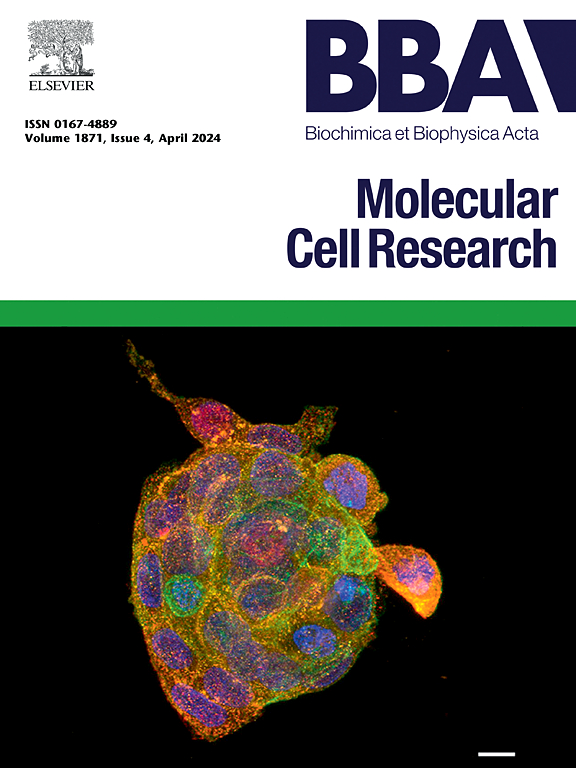Suppression of GATA3 promotes epithelial-mesenchymal transition and simultaneous cellular senescence in human extravillous trophoblasts
Abstract
The regulatory mechanism of the transcription factor GATA3 in the differentiation and maturation process of extravillous trophoblasts (EVT) in early pregnancy placenta, as well as its relevance to the occurrence of pregnancy disorders, remains poorly understood. This study leveraged single-cell RNA sequencing data from placental organoid models and placental tissue to explore the dynamic changes in GATA3 expression during EVT maturation. The expression pattern exhibited an initial upregulation followed by subsequent downregulation, with aberrant GATA3 localization observed in cases of recurrent miscarriage (RM). By identifying global targets regulated by GATA3 in primary placental EVT cells, JEG3, and HTR8/SVneo cell lines, this study offered insights into its regulatory mechanisms across different EVT cell models. Shared regulatory targets among these cell types and activation of trophoblast cell marker genes emphasized the importance of GATA3 in EVT differentiation and maturation. Knockdown of GATA3 in JEG3 cells led to repression of GATA3-induced epithelial-mesenchymal transition (EMT), as evidenced by changes in marker gene expression levels and enhanced migration ability. Additionally, interference with GATA3 accelerated cellular senescence, as indicated by reduced proliferation rates and increased activity levels for senescence-associated β-galactosidase enzyme, along with elevated expression levels for senescence-associated genes. This study provides comprehensive insights into the dual role of GATA3 in regulating EMT and cellular senescence during EVT differentiation, shedding light on the dynamic changes in GATA3 expression in normal and pathological placental conditions.

 求助内容:
求助内容: 应助结果提醒方式:
应助结果提醒方式:


